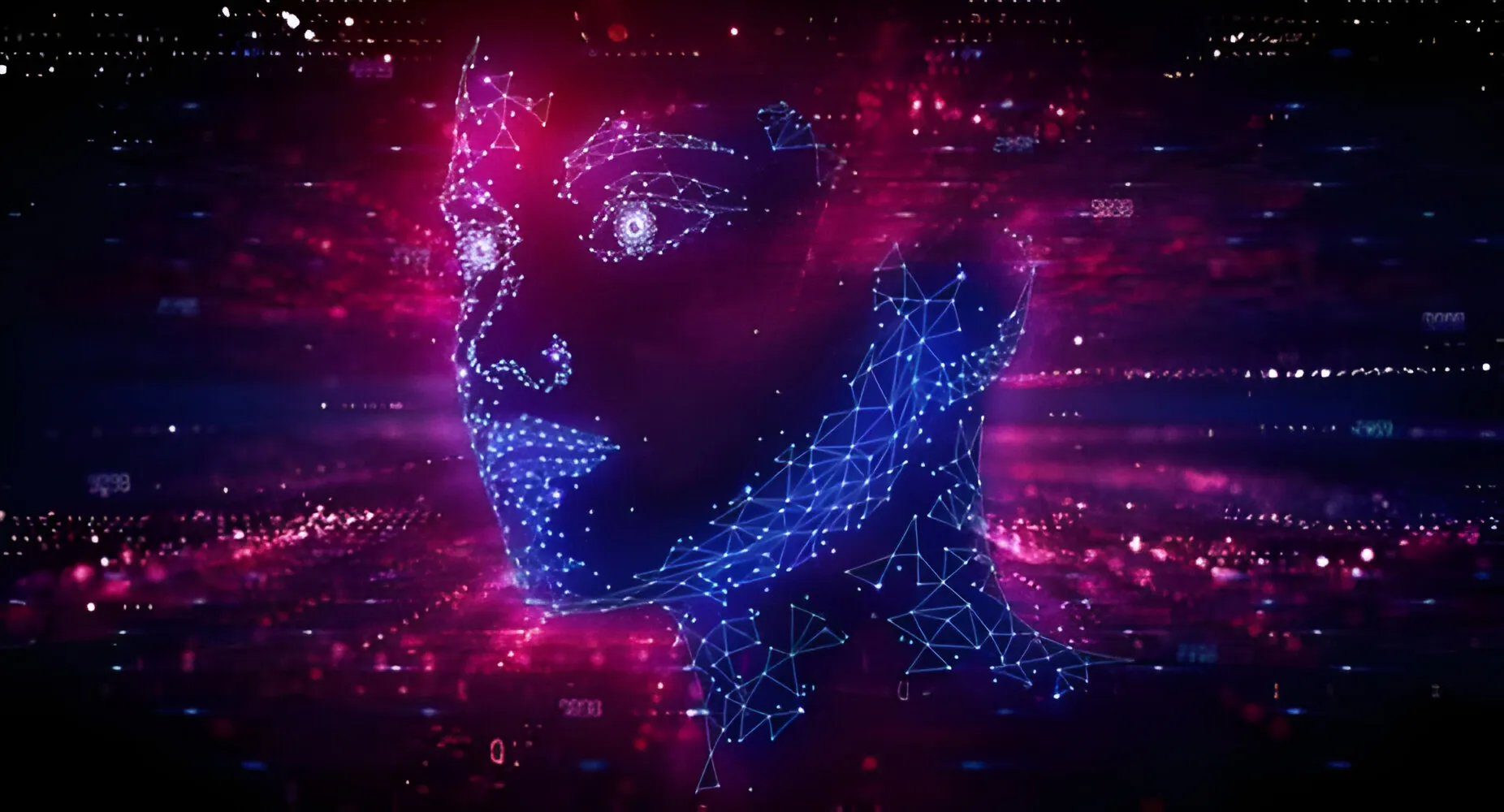The Power of the Internet of Things(IoT), A Step-by-Step Guide

The Internet of Things refers to a vast network of interconnected devices , sensors, and systems that collect, exchange, and act on data. At its core, The Internet of Things realizes the integration of the physical and digital worlds , allowing for unprecedented levels of automation, efficiency, and intelligence.
The foundational elements of IoT include connected devices, sensors, communication protocols, cloud-based platforms, and data analytics. These components work together to gather data, transmit it securely, and leverage it to drive meaningful insights and actions.
The applications of IoT span numerous industries, from smart homes and cities to industrial automation, healthcare, and agriculture. By connecting devices and sensors, IoT enables real-time monitoring, remote control, predictive maintenance, and process optimization, leading to improved decision-making, cost savings, and enhanced user experiences.
As the IoT landscape continues to evolve, it is crucial to understand the underlying principles, technologies, and use cases to harness the full potential of this transformative digital revolution.
The Key Components & Architecture of an IoT System
An Internet of Things (IoT) system is composed of several vital components that work together to enable the collection, processing, and communication of data. The main components of an IoT system include:
1. These are the "things" in the Internet of Things that collect data from the physical world.
2. IoT devices need a way to transmit the data they collect to other parts of the system. Standard connectivity options include Wi-Fi, Bluetooth, cellular networks, and low-power wide-area networks (LPWANs).
3. Edge devices located close to the sensors can perform initial data processing and analysis before sending it to the cloud, reducing the amount of data that needs to be transmitted.
4. The cloud is where the bulk of data processing, analytics, and storage happens. IoT platforms in the cloud integrate data from multiple sources and provide dashboards and tools for monitoring and control.
5. End-user applications, whether on a mobile device or web browser, allow people to interact with the IoT system and access the data & insights it provides.
The architecture of an IoT system typically follows a layered approach, with devices & sensors at the bottom, connectivity in the middle layers, and cloud services & applications at the top. This modular design allows flexibility and scalability as IoT deployments grow in size and complexity.
Top IoT Applications Transforming Industries Across the Globe
The Internet of Things has transformed the way industries operate across the globe. From enhancing supply chain efficiency to optimizing energy usage, IoT applications are revolutionizing diverse sectors.
In the manufacturing industry, IoT-enabled sensors collect real-time data on equipment performance, enabling predictive maintenance and reducing downtime. The agriculture sector utilizes IoT to monitor soil conditions, optimize irrigation, and increase crop yields.
Within the healthcare domain, IoT devices enable remote patient monitoring, Improve patient outcomes and reduce hospital visits. The transportation industry leverages IoT to enhance fleet management, traffic optimization, and autonomous vehicle development.
IoT is also making significant strides in the energy sector, enabling smart grids that intelligently manage power generation and distribution. Similarly, IoT is driving sustainability efforts in buildings through automated climate control and energy usage monitoring.
As the IoT ecosystem continues to expand, the potential for transformative applications across industries remains vast and ever-evolving.
The Benefits & Challenges of Implementing IoT Solutions
The IoT is changing the way we interact with our surroundings. By connecting devices, sensors, and systems, IoT solutions offer a wealth of benefits, from increased efficiency and cost savings to enhanced user experiences. However, implementing IoT solutions also presents a unique set of challenges that organizations must navigate.
One of the primary advantages of IoT is the ability to store and analyze large amounts of information. This information can be of great importance and provide crucial information that guides informed decision making, optimize processes, and improve overall operations. IoT solutions can also automate tasks, reduce manual labour, and enhance the delivery of products and services.
At the same time, implementing IoT solutions requires overcoming technical hurdles, such as ensuring seamless connectivity, maintaining data security, and managing the integration of disparate systems. Organizations must also address the complexities of data governance, user privacy, and the potential impact on existing infrastructure.
Effective IoT implementation requires a comprehensive strategy that considers the organization's unique needs and constraints. By carefully addressing the benefits and challenges, businesses can leverage the Internet of Things' power to drive innovation, improve efficiency, and gain a competitive edge.
Emerging Trends & Future Outlook of the Internet of Things
The Internet of Things (IoT) is rapidly evolving, with emerging trends and a promising future outlook. IoT refers to the network of interconnected devices that can collect and exchange data, enabling enhanced automation, efficiency, and intelligence across various industries.
One key trend is the increasing adoption of IoT in smart homes and cities, where devices like thermostats, security systems, and streetlights are connected to optimize energy usage, improve public safety, and enhance livability. Another trend is the integration of IoT with artificial intelligence and machine learning, allowing for predictive maintenance, personalized services, and autonomous decision-making.
Looking ahead, I see that the future of IoT holds immense potential. Advancements in 5G technology, edge computing, and low-power wide-area networks will enable faster, more reliable, and more ubiquitous IoT deployments. The growing emphasis on sustainability will drive the development of IoT solutions that optimize resource usage and reduce environmental impact.
As the IoT ecosystem continues to expand, we expect to see increased convergence with other emerging technologies, such as blockchain and digital twins, further enhancing IoT's capabilities and applications.
Embracing the IoT Revolution for a Connected Future
The Internet of Things (IoT) is changing the way we live & work. This complex network of devices, sensors, and systems is catalyzing changes in industries, improving user experiences, and leading to a more connected future.
At the core of the IoT revolution is the ability to collect, analyze, and share data in real time. From smart homes and wearable devices to industrial automation and city infrastructure, IoT technology is enabling unprecedented levels of efficiency, optimization, and innovation.
As we embrace the IoT revolution, we are witnessing a convergence of various domains, including healthcare, transportation, energy, and manufacturing. IoT-powered solutions are improving patient outcomes, reducing energy consumption, optimizing supply chains, and enhancing public safety.
The potential of the IoT is vast, and its impact on our daily lives is only beginning to be realized. By leveraging the power of interconnected devices and data-driven insights, we can create a more sustainable, efficient, and responsive world that meets the evolving needs of individuals, communities, and businesses.










